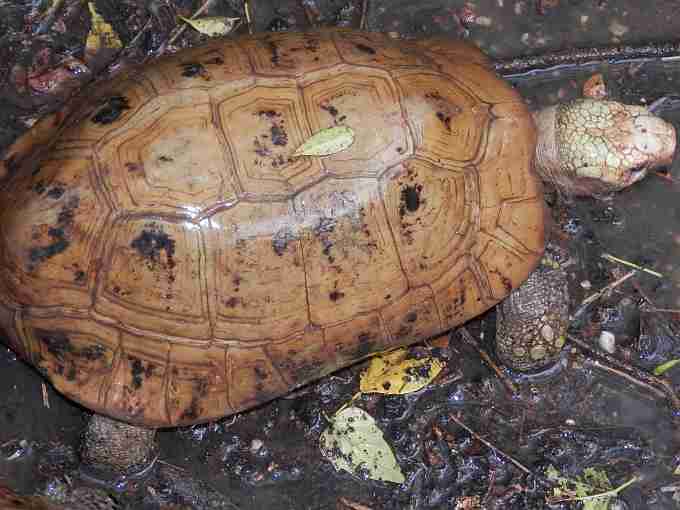We provide chelonia keepers with the support needed to ensure that their captive animals receive quality husbandry.
We raise funds from members, and from the public, to finance chelonia rescue, research and conservation projects worldwide.
We discourage the importation and purchase of wild caught specimens, in favour of responsible captive breeding.

